Transplants Leaves Turn Purple or Burgundy
reneerenee
12 years ago
Featured Answer
Sort by:Oldest
Comments (11)
ken_adrian Adrian MI cold Z5
12 years agoTiffany, purpleinopp Z8b Opp, AL
12 years agoRelated Professionals
Londonderry Landscape Architects & Landscape Designers · Ashburn Landscape Contractors · Fort Atkinson Landscape Contractors · Harvey Landscape Contractors · Huntington Landscape Contractors · Mission Viejo Landscape Contractors · Northbridge Landscape Contractors · Smyrna Landscape Contractors · The Woodlands Landscape Contractors · Uxbridge Landscape Contractors · Markham Landscape Contractors · York Decks, Patios & Outdoor Enclosures · Dearborn Decks, Patios & Outdoor Enclosures · Midwest City Decks, Patios & Outdoor Enclosures · Philadelphia Decks, Patios & Outdoor EnclosuresStarted_with_bean
12 years agomandolls
12 years agoken_adrian Adrian MI cold Z5
12 years agoreneerenee
12 years agoTiffany, purpleinopp Z8b Opp, AL
12 years agoken_adrian Adrian MI cold Z5
12 years agoreneerenee
12 years agoLaurel Zito
5 years ago
Related Stories
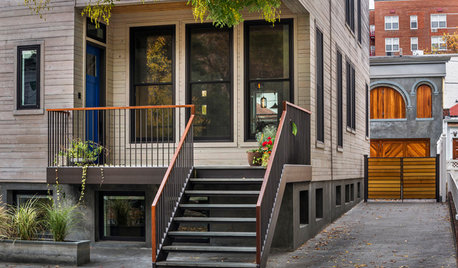
HOUZZ TOURSHouzz Tour: A Brooklyn Townhouse Takes a Warm, Contemporary Turn
Softening a traditional boxy shape creates better access and a more interesting look for a Brooklyn family home
Full Story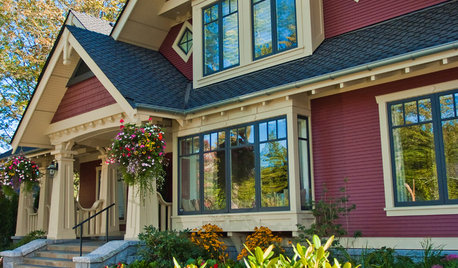
EXTERIOR COLORExterior Color of the Week: Rich, Fall-Friendly Reds
Look to the crimsons and burgundies of turning autumn leaves for a deep, captivating home color
Full Story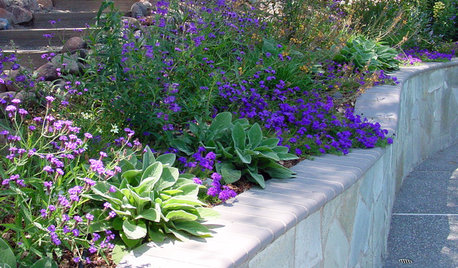
GARDENING GUIDESGreat Design Plant: Glandularia Rigida Paints the Ground Purple
Sandpaper verbena's deep purple flowers create a colorful carpet in drought-tolerant gardens
Full Story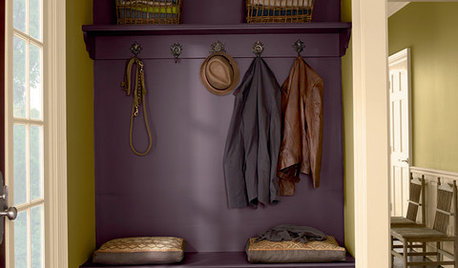
COLORWhat Goes With Purple Walls?
Make a plum wall come alive with art, warm metals, ivory, chartreuse, natural wood — and at least one wild card
Full Story
COLOR10 Great Places for Rich Fall Colors Year-Round
Use nature’s burgundies, golds and oranges in these select spots for a comforting feel no matter what the season
Full Story
PLANTING IDEASStretch the Budget, Seasons and Style: Add Conifers to Your Containers
Small, low-maintenance conifers are a boon for mixed containers — and you can transplant them to your garden when they’ve outgrown the pot
Full Story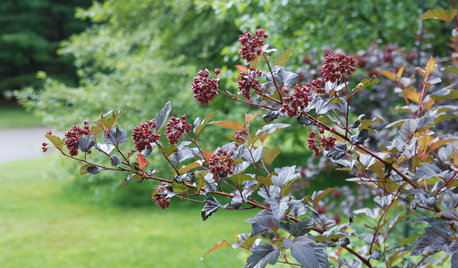
GARDENING GUIDES6 Branches and Berries to Spruce Up Holiday Decor
Bring garden cuttings in from the cold to warm up seasonal arrangements and decorate your home for the holidays
Full Story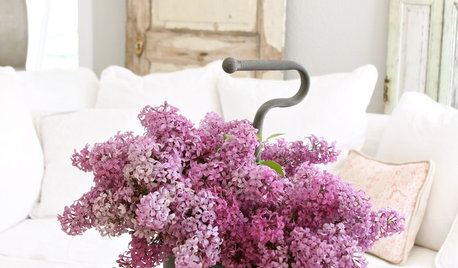
GARDENING GUIDESLet Lilac Love Flower This Spring
Whatever you bestow or receive for Mother's Day, lilacs can be an unmatched gift in the garden in May
Full Story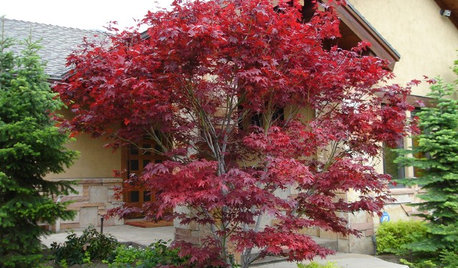
GARDENING GUIDES8 Plants Bursting With Beautiful Fall Foliage
Luscious berries, rich crimson leaves and stellar stalks show that nary a flower is needed for enthralling autumn gardens
Full Story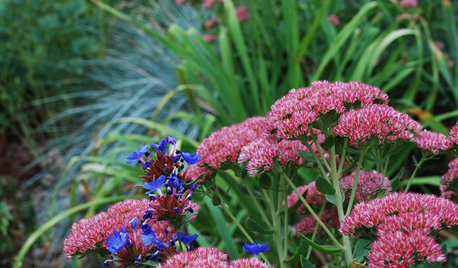
GARDENING GUIDESFall Is Calling: What to Do in Your October Garden
Get a jump on winter prep or just sit back and watch the leaves fall. The beauty of an autumn garden is in all the choices you have
Full StoryMore Discussions







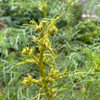
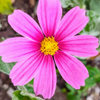
franeli